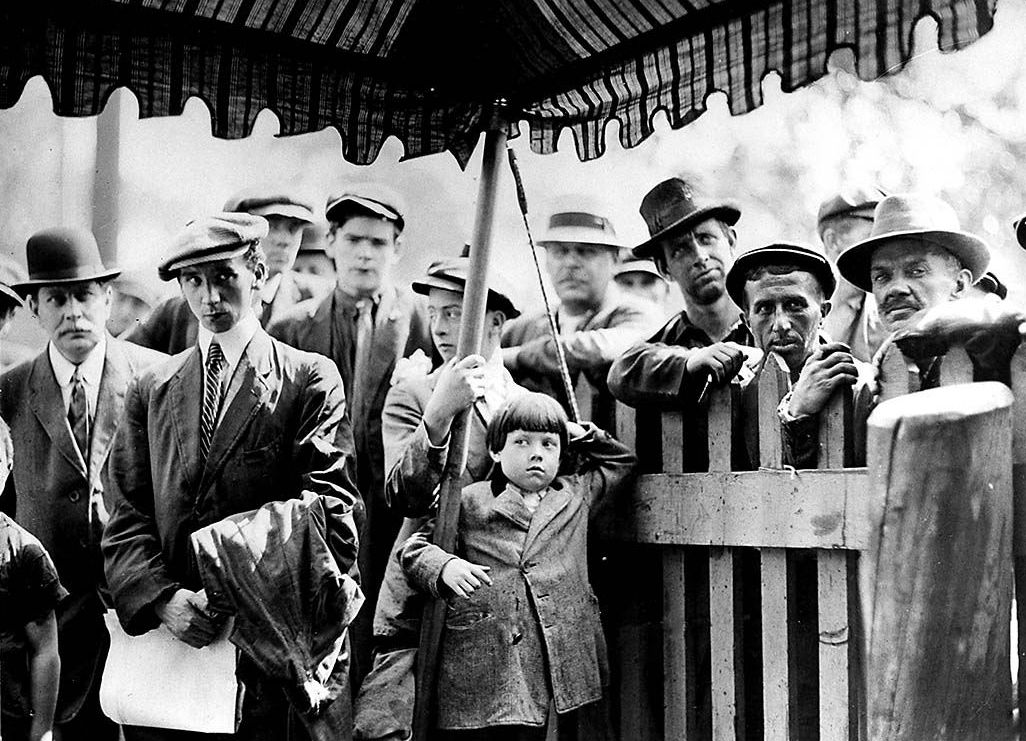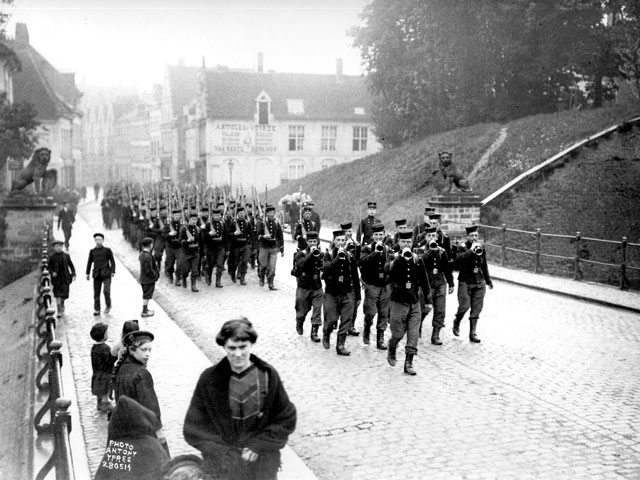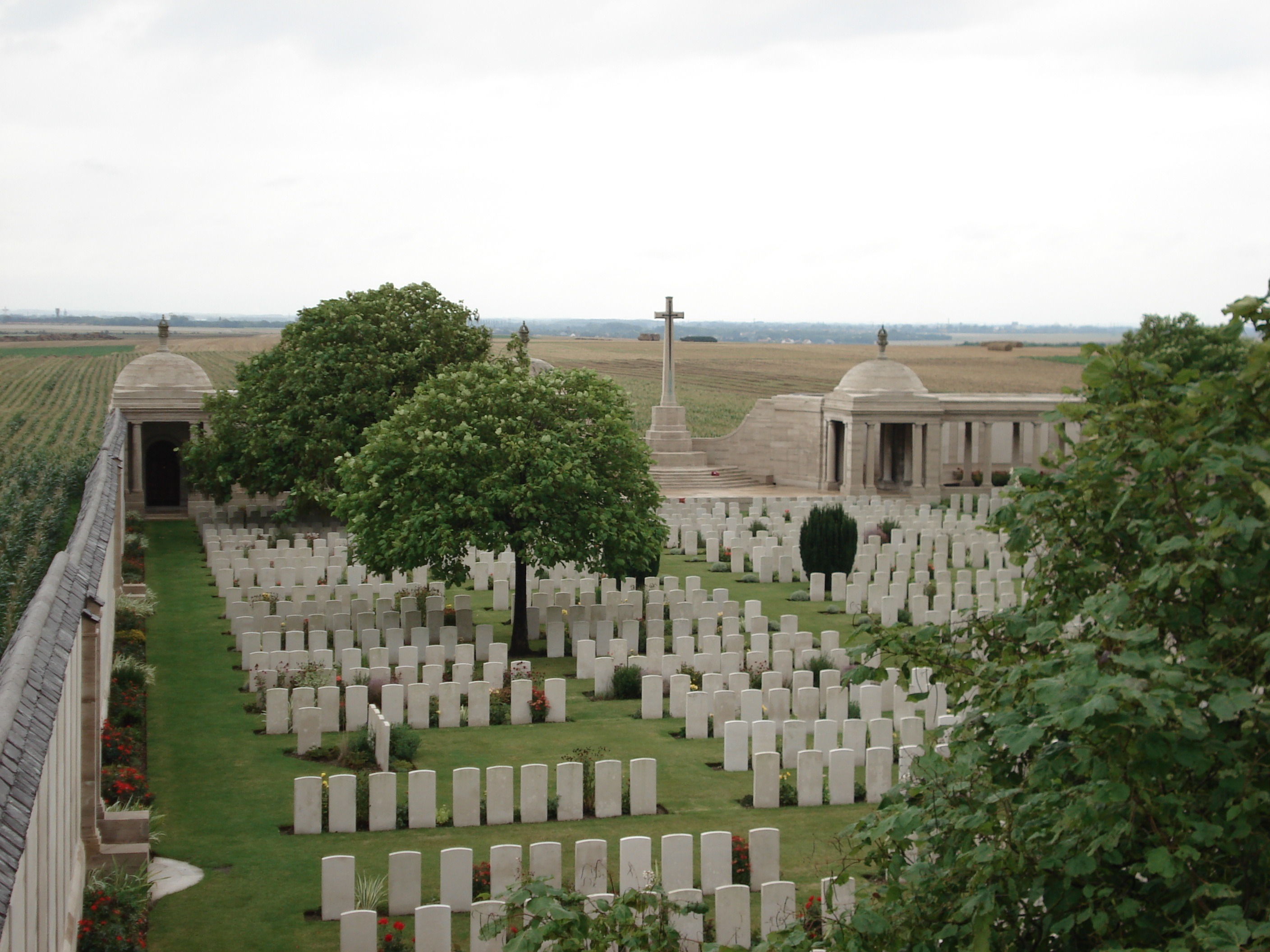|
Bracon Ash
Bracon Ash is a village and civil parish in the South Norfolk district of the English county of Norfolk. Bracon Ash is located south-east of Wymondham and south-west of Norwich. History Bracon Ash's name is of Anglo-Saxon origin and derives from the Old English for a place with abundant bracken and ash. In the Domesday Book, Bracon Ash is recorded as a settlement of 15 households in the hundred of Humbleyard. In 1086, the village was part of the estates of Roger Bigod. Within the village, there are numerous listed buildings. These include Mergate Hall (Seventeenth Century), Mergate Farmhouse (Seventeenth Century) Home Farm House (Seventeenth Century) and Thatched Cottage (Seventeenth Century). Geography Bracon Ash is bisected by the B1113, between Sproughton and Norwich. England's smallest official nature reserve Hethel Thorn is accessed from the west of the village. Bracon Ash Common is a small area of woodland and ponds running adjacent to Mergate Lane. According ... [...More Info...] [...Related Items...] OR: [Wikipedia] [Google] [Baidu] |
South Norfolk
South Norfolk is a local government district in Norfolk, England. The largest town is Wymondham, and the district also includes the towns of Costessey, Diss, Harleston, Hingham, Loddon and Long Stratton. The council was based in Long Stratton until 2023 when it moved to the Broadland Business Park near Norwich, in the neighbouring Broadland district, as part of a shared facility with Broadland District Council. Some of the district's urban areas (including Costessey) form part of the Norwich built-up area. The district also includes numerous villages and surrounding rural areas. Some eastern parts of the district lie within The Broads. The neighbouring districts are Breckland, Broadland, Norwich, Great Yarmouth, East Suffolk and Mid Suffolk. History The district was created on 1 April 1974 under the Local Government Act 1972, covering five former districts, which were all abolished at the same time: * Depwade Rural District * Diss Urban District * Forehoe and H ... [...More Info...] [...Related Items...] OR: [Wikipedia] [Google] [Baidu] |
Berney Baronets
The Berney Baronetcy, of Park Hall in Reedham in the County of Norfolk, is a title in the Baronetage of England. It was created on 5 May 1620 for Richard Berney, Sheriff of Norfolk in 1622. Family history The Berney (Barney) name comes from that place which is in the hundred of North Greenhow, Norfolk, and is recorded as ''Berlej'' in the Domesday Book. The family can be traced back to Sir Thomas de Berney, who in the reign of Edward III, acquired the manor of Reedham through his marriage with Margaret, daughter and heir of William de Reedham. His descendant Henry Berney (died 1584) moved the family seat from near Reedham Church, and built Reedham Hall within a park. It was also known as Park Hall. It was sold in 1696 and gutted in a fire in 1750. Henry's eldest son, Sir Richard Berney, was Sheriff of Norfolk in 1610. He married Juliana, daughter of judge Sir Thomas Gawdy of Redenhall. Their son Sir Richard Berney, 1st Baronet (died 1668) was created a baronet in 1620. Anot ... [...More Info...] [...Related Items...] OR: [Wikipedia] [Google] [Baidu] |
Boulogne-sur-Mer
Boulogne-sur-Mer (; ; ; or ''Bononia''), often called just Boulogne (, ), is a coastal city in Hauts-de-France, Northern France. It is a Subprefectures in France, sub-prefecture of the Departments of France, department of Pas-de-Calais. Boulogne lies on the Côte d'Opale, a touristic stretch of French coast on the English Channel between Calais and Normandy, and the most visited location in the region after the Lille conurbation. Boulogne is its department's second-largest city after Calais, and the 183rd-largest in France.Téléchargement du fichier d'ensemble des populations légales en 2017 Institut national de la statistique et des études économiques, INSEE It is also the country's largest fishing port, specialising in herring. Boulogne is an ancie ... [...More Info...] [...Related Items...] OR: [Wikipedia] [Google] [Baidu] |
Canadian Expeditionary Force
The Canadian Expeditionary Force (CEF; French: ''Corps expéditionnaire canadien'') was the expeditionary warfare, expeditionary field force of Canada during the First World War. It was formed on August 15, 1914, following United Kingdom declaration of war upon Germany (1914), Britain’s declaration of war on the German Empire, with an initial strength of one infantry Division (military), division. The division subsequently fought at Second Battle of Ypres, Ypres on the Western Front (World War I), Western Front, with a newly raised second division reinforcing the committed units to form the Canadian Corps. The CEF and corps was eventually expanded to four infantry divisions, which were all committed to the fighting in France and Belgium along the Western Front. A fifth division was partially raised in 1917, but was broken up in 1918 and used as reinforcements following heavy casualties. Personnel Recruitment The CEF was mostly volunteers; a bill allowing conscription was pa ... [...More Info...] [...Related Items...] OR: [Wikipedia] [Google] [Baidu] |
7th Battalion (1st British Columbia), CEF
The 7th Battalion (1st British Columbia), CEF was a battalion of the Canadian Expeditionary Force that saw service in the First World War. History The 7th Battalion (1st British Columbia), CEF was created on 2 September 1914 with recruits from British Columbia. The battalion set off for England on board the ''Virginian'' berthed in Quebec. They arrived in England on 14 October 1914 with a strength of 49 officers and 1083 men. The battalion became part of the 1st Canadian Division, 2nd Canadian Infantry Brigade where it saw action along the Western Front. The battalion returned to Canada on 18 April 1919, was demobilized on 25 April 1919, and disbanded soon after. Perpetuations The 7th Battalion (1st British Columbia), CEF is perpetuated by The British Columbia Regiment (Duke of Connaught's Own).Canadian Forces Publication A-DH-267-003 Insignia and Lineages of the Canadian Forces. Volume 3: Combat Arms Regiments. Battle honours * Ypres 1915, 17 * Gravenstafel * St. ... [...More Info...] [...Related Items...] OR: [Wikipedia] [Google] [Baidu] |
Chatham Naval Memorial
Chatham Naval Memorial is a large obelisk situated in the town of Chatham, Kent, which is in the Medway Towns. The memorial is a feature of the Great Lines Heritage Park. The huge expanse of the Great Lines was in its own right a layer of defence to protect Chatham Dockyard from attack. History Chatham was a principal manning port of the Royal Navy during the First World War and thus was dedicated as the site of one of three memorials to sailors, airmen and marines of the Royal Navy who lost their lives during the conflict but who have no known grave. The other memorials were situated at Portsmouth and Plymouth. The obelisks were designed by Sir Robert Lorimer and the one at Chatham originally contained 8,515 names. They include two Victoria Cross recipients, Skipper Thomas Crisp ( Merchant Marine), and Major Francis John William Harvey ( Royal Marines Light Infantry), besides poet Flight Commander Jeffery Day (Royal Naval Air Service) and England rugby international, Sur ... [...More Info...] [...Related Items...] OR: [Wikipedia] [Google] [Baidu] |
HMS Vanguard (1909)
HMS ''Vanguard'' was one of three dreadnought battleships built for the Royal Navy in the first decade of the 20th century. She spent her career assigned to the Home and Grand Fleets. Aside from participating in the Battle of Jutland in May 1916 and the inconclusive action of 19 August several months later, her service during World War I mostly consisted of routine patrols and training in the North Sea. Shortly before midnight on 9 July 1917 at Scapa Flow, ''Vanguard'' suffered a series of magazine explosions. She sank almost instantly, killing 843 of the 845 men aboard. The wreck was heavily salvaged after the war, but was eventually protected as a war grave in 1984. It was designated as a controlled site under the Protection of Military Remains Act 1986, and diving on the wreck is generally forbidden. Design and description The design of the ''St Vincent'' class was derived from that of the previous , with a slight increase in size, armour and more powerful guns, among ... [...More Info...] [...Related Items...] OR: [Wikipedia] [Google] [Baidu] |
Menin Gate
The Menin Gate (), officially the Menin Gate Memorial to the Missing, is a war memorial in Ypres, Belgium, dedicated to the British and Commonwealth soldiers who were killed in the Ypres Salient of World War I and whose graves are unknown. The memorial is located at the eastern exit of the town and marks the starting point for one of the main roads that led Allied soldiers to the front line. Designed by Sir Reginald Blomfield and built by the Imperial War Graves Commission (since renamed the Commonwealth War Graves Commission), the Menin Gate Memorial was unveiled on 24 July 1927. In early 2023, the monument was closed for extensive restoration works, expected to be completed in time for the memorial's centenary in 2027. Background In medieval times, the original narrow gateway on the eastern wall of Ypres was called the Hangoartpoort, "poort" being the Dutch word for gate. During the 17th and 18th centuries, while under the occupation of the Habsburgs and the French, the ci ... [...More Info...] [...Related Items...] OR: [Wikipedia] [Google] [Baidu] |
Loos Memorial
The Loos Memorial is a World War I memorial forming the sides and rear of Dud Corner Cemetery, located near the commune of Loos-en-Gohelle, in the Pas-de-Calais département of France. The memorial lists 20,610 names of British and Commonwealth soldiers with no known grave who were killed in the area during and after the Battle of Loos, which started on 25 September 1915. This memorial covers the same sector of the front as the Le Touret Memorial, with each memorial commemorating the dead either side of the date of the start of the Battle of Loos. Designed by Sir Herbert Baker, the sculptures were by Sir Charles Wheeler. The memorial was unveiled on 4 August 1930 by General Sir Nevil Macready. Macready served as Adjutant-General of the British Expeditionary Force (BEF) from the outbreak of the war to February 1916, and then served as Adjutant-General to the Forces until a few months before the end of the war in November 1918. Notable commemoratees Three posthumous Victoria ... [...More Info...] [...Related Items...] OR: [Wikipedia] [Google] [Baidu] |
Norfolk Regiment
The Royal Norfolk Regiment was a line infantry regiment of the British Army until 1959. Its predecessor regiment was raised in 1685 as Henry Cornwall's Regiment of Foot. In 1751, it was numbered like most other British Army regiments and named the 9th Regiment of Foot. It was formed as the Norfolk Regiment in 1881 under the Childers Reforms of the British Army as the county regiment of Norfolk by merging the 9th (East Norfolk) Regiment of Foot with the local Militia and Rifle Volunteers battalions. The Norfolk Regiment fought in the First World War on the Western Front and in the Middle East. After the war, the regiment became the Royal Norfolk Regiment on 3 June 1935. The regiment fought with distinction in the Second World War, in action in the Battle of France and Belgium, the Far East, and then in the invasion of, and subsequent operations in, North-west Europe. In 1959, the Royal Norfolk Regiment was amalgamated with the Suffolk Regiment, to become the 1st East Anglian ... [...More Info...] [...Related Items...] OR: [Wikipedia] [Google] [Baidu] |
First World War
World War I or the First World War (28 July 1914 – 11 November 1918), also known as the Great War, was a World war, global conflict between two coalitions: the Allies of World War I, Allies (or Entente) and the Central Powers. Fighting took place mainly in European theatre of World War I, Europe and the Middle Eastern theatre of World War I, Middle East, as well as in parts of African theatre of World War I, Africa and the Asian and Pacific theatre of World War I, Asia-Pacific, and in Europe was characterised by trench warfare; the widespread use of Artillery of World War I, artillery, machine guns, and Chemical weapons in World War I, chemical weapons (gas); and the introductions of Tanks in World War I, tanks and Aviation in World War I, aircraft. World War I was one of the List of wars by death toll, deadliest conflicts in history, resulting in an estimated World War I casualties, 10 million military dead and more than 20 million wounded, plus some 10 million civilian de ... [...More Info...] [...Related Items...] OR: [Wikipedia] [Google] [Baidu] |
Ben Goldsborough
Ben Goldsborough (born 1990 or 1991) is a British Labour politician, political consultant and former local Councillor who has served as the Member of Parliament (MP) for South Norfolk since the 2024 general election. Prior to being elected as a Member of Parliament, he was a Councillor in Flint, Wales, where he held the position of Deputy Mayor and, later, Mayor of the town. Prior to being selected as the Labour candidate for South Norfolk he sought the nomination for the Clwyd East constituency, losing out to Becky Gittins. Personal life In 2024, Goldsborough revealed that he lives at home with his parents in Snetterton Snetterton is a village and civil parish in Norfolk, England. The village is about east-northeast of Thetford and southwest of Norwich. The civil parish has an area of . The United Kingdom Census 2011, 2011 Census recorded a parish population ..., and that this shaped his belief in the need for new housing developments. In February 2025, he revealed ... [...More Info...] [...Related Items...] OR: [Wikipedia] [Google] [Baidu] |





